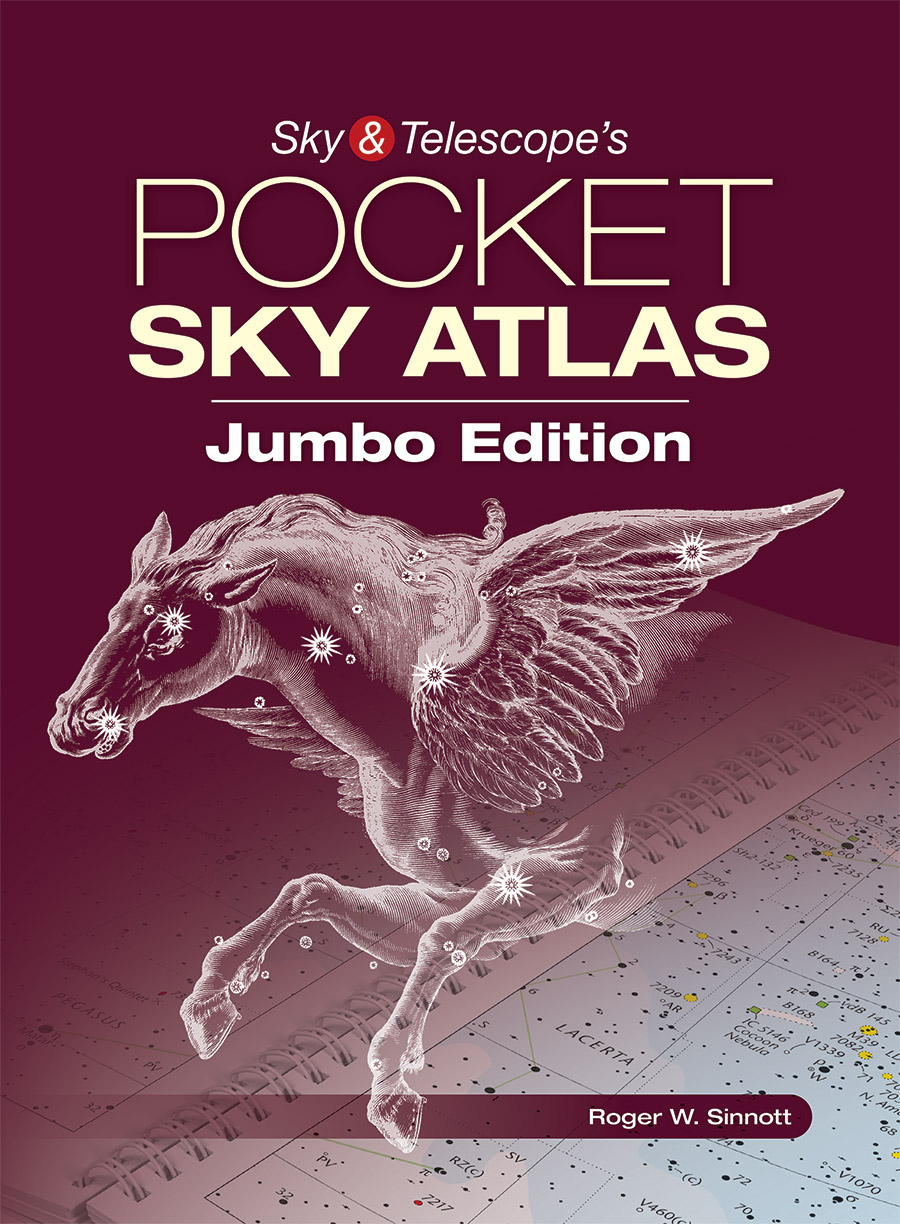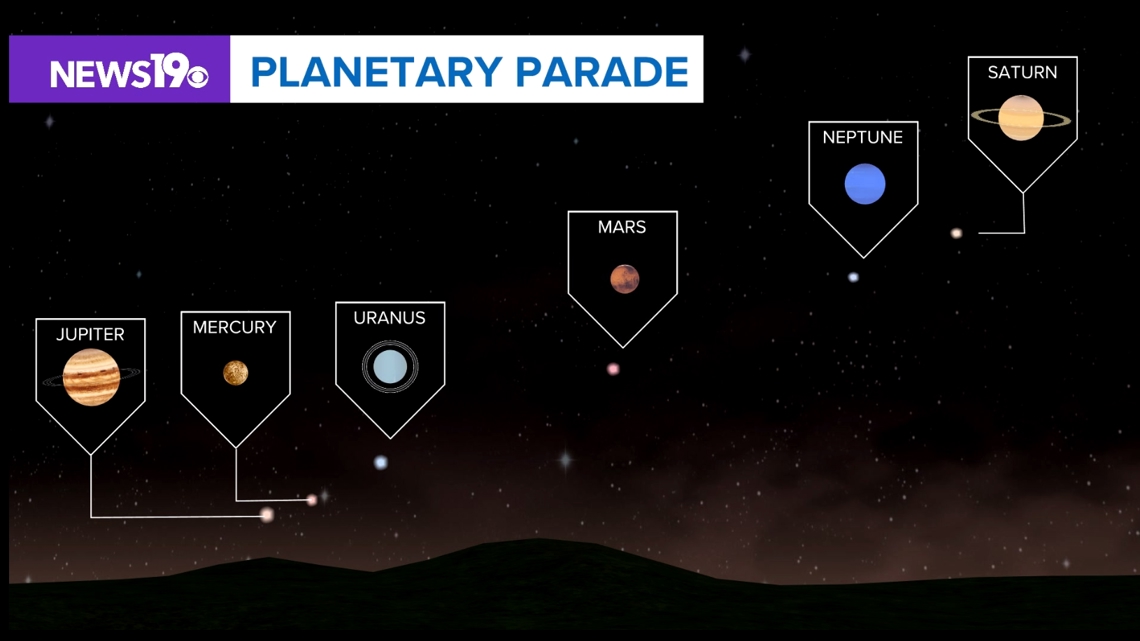
In the coming week, an alignment of planets will take place, with six planets becoming visible in the sky. However, contrary to some sensationalized reports circulating online and in certain media outlets, this event will not result in a 'parade of planets' that is visible to the naked eye.
According to NASA and various astronomers, only Mars and Saturn will be easily visible as dawn begins these mornings. Jupiter and Mercury will be lost in the sun's glare before dawn on June 3. The other planets, Uranus and Neptune, are too far from Earth to be seen without the aid of a telescope.
Despite this misinformation, it is still recommended that people go to a location with minimal light pollution and use binoculars or a telescope for an enhanced view of Mars and Saturn. The planets will appear in a diagonal arrangement across the sky, with Saturn highest, followed by Neptune, then Mars, Uranus and Mercury. Jupiter will appear closest to the horizon.
It is important to note that there have been several similar events over the past few years due to the outer planets' slow movement and Earth's fast movement. However, it would take around a hundred years for Uranus and Neptune to appear nearby on the sky again in a similar configuration.
Stargazers are advised not to look directly at the sun while searching for these planets as it could cause eye damage. Instead, they should head to a dark field or park and look towards the east.




